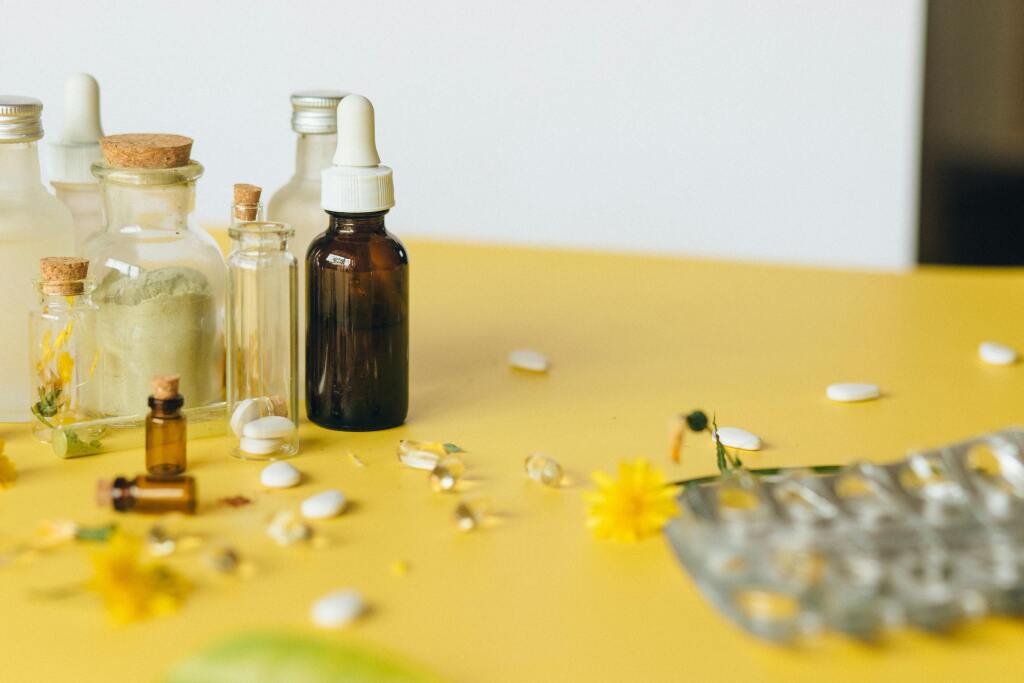In an ideal world, dental emergencies would always be handled by professionals.
But what happens when you’re stranded, off-grid, traveling in remote areas, or in the middle of a crisis or disaster, and dental help isn’t available?
Welcome to the world of DIY dentistry, a last-resort approach for handling urgent oral health issues when professional care is inaccessible.
While never a substitute for real dental treatment, knowing what to do in an emergency can be lifesaving.
🆘 When Might DIY Dentistry Be Necessary?
DIY dental care should only be considered in extreme situations, such as:
- Natural disasters or war zones
- Remote hiking or survival expeditions
- Long-term off-grid living
- Emergencies during pandemics or lockdowns
- Inaccessibility due to financial hardship or lack of services
In these cases, improvisation and preparation can make the difference between agony and temporary relief.
🦷 Common Dental Emergencies & What You Can Do
⚠️ Disclaimer: These solutions are temporary and meant for emergencies only. Always seek professional care as soon as possible.
1. Toothache or Infection
- Possible causes: Decay, abscess, or pulp inflammation.
- DIY Relief:
- Rinse with warm saltwater to reduce bacteria.
- Apply a cold compress to reduce swelling.
- Take over-the-counter painkillers (e.g., ibuprofen).
- If available, apply clove oil (a natural analgesic) to the affected tooth using a cotton swab.
- Rinse with warm saltwater to reduce bacteria.
- Warning: Never attempt to drain an abscess yourself. If swelling reaches the eyes, neck, or causes fever, it could be life-threatening.
2. Lost Filling or Crown
- DIY Relief:
- Clean the area thoroughly.
- Use dental wax, sugar-free gum, or temporary dental cement (from a kit) to seal the hole.
- Avoid chewing on that side until repaired professionally.
- Clean the area thoroughly.
3. Chipped or Broken Tooth
- DIY Relief:
- Rinse with warm water.
- Use temporary dental filling material to cover jagged edges.
- Avoid temperature extremes and biting down.
- Rinse with warm water.
4. Knocked-Out Tooth (Avulsed Tooth)
- DIY Emergency Steps:
- Pick up the tooth by the crown, not the root.
- Rinse gently with water (don’t scrub).
- Reinsert into the socket if possible and bite gently on gauze.
- If reinsertion isn’t possible, store it in milk or saliva, and keep it moist.
- Seek dental help within 30–60 minutes for best chances of saving the tooth.
- Pick up the tooth by the crown, not the root.
5. Bleeding Gums or Oral Injuries
- Rinse with hydrogen peroxide diluted in water or saltwater.
- Apply clean gauze and pressure to stop bleeding.
- Use antiseptic if available to prevent infection.
🎒 What to Include in a Dental Emergency Kit
If you’re preparing for survival scenarios, your first-aid kit should include:
- Dental mirror & tweezers
- Temporary dental filling material
- Clove oil or oral analgesic gel
- Dental floss & soft toothbrush
- Gauze, cotton rolls
- Salt packets
- Hydrogen peroxide
- Pain relievers (NSAIDs)
- Oral antibiotics (if prescribed for emergencies)
Optional: dental extraction forceps (for trained use only)
💀 The Dangers of Unsupervised DIY Dental Work
While extreme situations may call for drastic action, DIY extractions, root canals, or drilling can lead to:
- Severe infections
- Permanent nerve damage
- Jaw fractures
- Uncontrolled bleeding
- Life-threatening complications
Always remember: Pain relief and temporary stabilization are the goals, not attempting full procedures.
📚 Historical Context: When DIY Dentistry Was the Norm
Before modern dentistry, people used:
- Whiskey or herbs for pain
- Animal bones as prosthetics
- String or door handles for extractions
- Iron tools to dig out teeth (!)
Even today, some isolated communities rely on traditional healers or homemade tools, often with painful results.
🧠 Mindset for Survival Situations
In extreme environments, oral health becomes more than just comfort; it affects your:
- Nutrition (pain limits eating)
- Mental clarity (constant pain drains cognitive function)
- Infection risk (oral bacteria can spread systemically)
A small, painful issue can escalate quickly, making prevention and preparation critical.
🧼 Prevention Is Still the Best Medicine
Even in survival or travel scenarios:
- Brush with clean water and natural abrasives (like baking soda).
- Floss daily if possible.
- Avoid sugary or acidic foods.
- Stay hydrated to promote saliva flow and reduce bacteria buildup.
🗣️ FAQs About DIY Dentistry
1. Can I pull my own tooth in an emergency?
Only as a last resort. It’s dangerous and should only be attempted if the tooth is extremely loose and infected beyond repair.
2. Is clove oil safe?
Yes, in small amounts. It numbs pain naturally. Avoid swallowing large quantities.
3. How can I sterilize dental tools off-grid?
Boil for 10–15 minutes and soak in alcohol or hydrogen peroxide.
4. Can a tooth infection kill me?
Yes. Left untreated, dental infections can spread to the bloodstream or brain. Always seek medical help ASAP.
5. What natural alternatives help oral pain?
Saltwater rinses, clove oil, garlic, turmeric paste, and cold compresses can offer temporary relief.
🧭 Final Thoughts
DIY dentistry is a survival skill—not a lifestyle.
In extreme circumstances, knowing how to manage dental emergencies can prevent immense suffering and even save your life.
But whenever possible, prioritize professional dental care, even if it means traveling or waiting for help.
Your teeth are more valuable—and more vulnerable—than you might think.
















